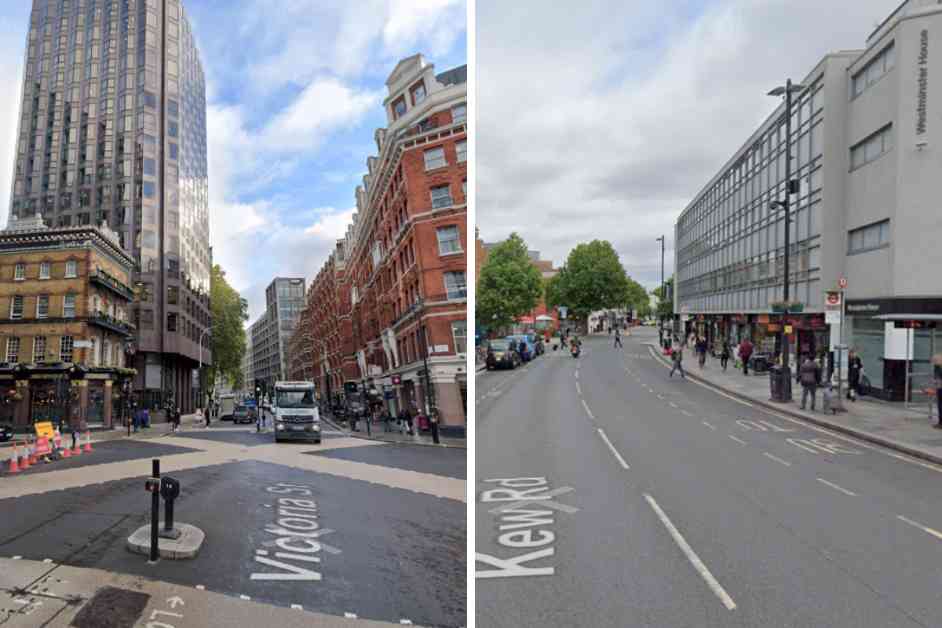London’s Safest and Most Dangerous Areas Revealed Through Crime Data Analysis
London is a bustling metropolis with a rich history and diverse culture, but like any major city, it has its share of crime. Recently, a study conducted by Online Marketing Surgery and West Midland Garage Doors has shed light on the safest and most dangerous areas in London based on crime data. This analysis ranks London boroughs according to their crime rates per 1,000 people in the year ending March 2024, using data from the Office for National Statistics.
Most Dangerous Areas in London
According to the data, Westminster has been identified as the most dangerous borough in London, with a staggering crime rate of 446.4 per 1,000 people and a total of 84,016 reported crimes within a year. Following closely behind is Camden, with a crime rate of 188 and 36,650 reported crimes. Kensington and Chelsea ranked third on the list, with a crime rate of 164.5 and 21,328 reported crimes. Islington and Hammersmith and Fulham rounded out the top five most dangerous areas, with crime rates of 130.2 and 125.3 respectively.
The study also highlighted Hackney, Southwark, Lambeth, Tower Hamlets, and Haringey as part of the top ten most dangerous London areas, further emphasizing the need for increased safety measures in these regions.
Least Dangerous Areas in London
On the flip side, Richmond upon Thames emerged as the safest London borough, boasting a crime rate of 61.1 per 1,000 people and only 11,739 reported crimes. Sutton and Harrow followed closely behind, with crime rates of 62.7 and 63.2 respectively. Merton and Bexley secured the fourth and fifth spots on the list, with crime rates of 65.1 and 68.
The rankings for the least dangerous areas in London were completed by Bromley, Kingston upon Thames, Barnet, Redbridge, and Havering, showcasing these boroughs as havens of safety and security in the bustling city.
Implications and Recommendations
The findings of this study have significant implications for residents, businesses, and policymakers in London. Understanding the crime rates in different areas can help individuals make informed decisions about where to live, work, and socialize. It also underscores the importance of investing in crime prevention strategies and community policing efforts to ensure the safety and well-being of all Londoners.
Moving forward, it is crucial for local authorities to collaborate with law enforcement agencies, community organizations, and residents to address the root causes of crime and implement targeted interventions in high-risk areas. By working together, London can create a safer and more secure environment for everyone.
In conclusion, the analysis of crime data in London provides valuable insights into the safety landscape of the city. By identifying the most and least dangerous areas, stakeholders can take proactive steps to enhance security and reduce crime rates, ultimately creating a more livable and thriving urban environment for all.





















